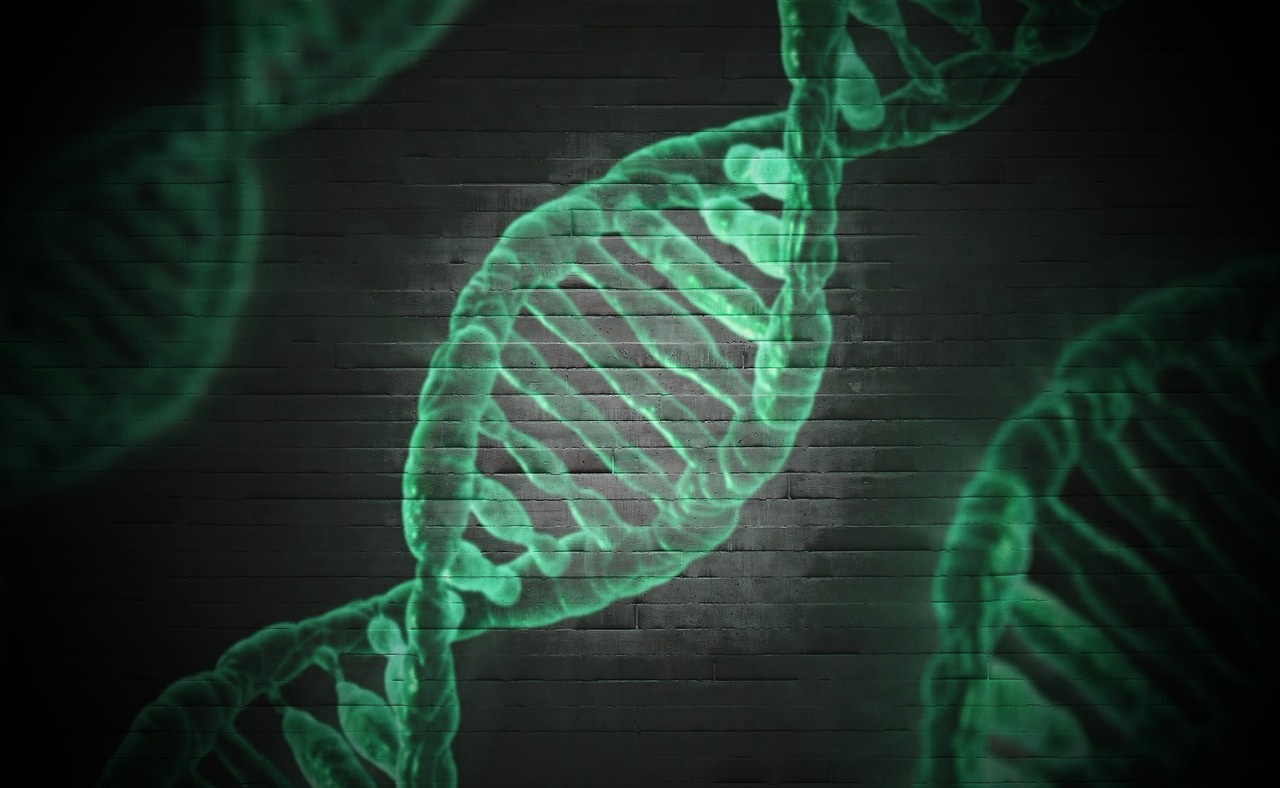 EMERGING TECH
EMERGING TECH
 EMERGING TECH
EMERGING TECH
 EMERGING TECH
EMERGING TECH
Researchers have demonstrated how an algorithm used to stream video on a smartphone can unlock the full potential of DNA storage by squeezing more data into its four base nucleotides.
DNA storage has been the subject of research for several years, with scientists successfully storing hundreds of movies and books on strands of DNA.
The potential is massive. Just four grams’ worth of DNA has the capacity to store a year’s worth of information produced by every human on the planet. But not only is DNA storage super-compact, it can also keep data safe and secure for hundreds of thousands of years, as was demonstrated by the recent recovery of DNA from the bones of a 430,000-year-old human ancestor found in a cave in Spain.
DNA’s compactness and durability is important because the amount of data that humans produce is growing exponentially, and there are worries that one day we might not have the capability to store it all. In a forecast last year, International Data Corp. predicted that the total amount of digital data in the world will exceed 44 zettabytes, or 44 trillion gigabytes, by the end of 2020. “Alarmingly, the exponential [data] growth rate easily exceeds our ability to store it, even when accounting for forecast improvements in storage technologies,” the research firm said.
The problem arises from how we store digital data. The majority of the world’s data currently resides in archival storage, where the most dense medium available is good old-fashioned tape. As old as it is, tape offers a maximum density of around 10 GB per cubic millimeter, far greater than flash or disk, which is why it’s still so widely used today.
But in their study, published in the journal Science, researchers Yaniv Erlich from Columbia University and Dina Zielinski of the Whitehead Institute for Biomedical Research in Cambridge, Massachusetts, demonstrated how DNA with its vastly superior density might just be the answer to our future data storage needs.
For their test, the researchers chose six files to encode into DNA, including a computer operating system, a computer virus, the 1895 French file “Arrival of a train at La Ciotat, a $50 Amazon gift card, a Pioneer plaque and a 1948 study by information theorist Claude Shannon. In total, the six files were stored in 72,000 strands of DNA, each 200 bases long.
The files were first compressed into a master file, with the data being split into short strings of binary code (ones and zeros). Then, using an erasure-correcting algorithm that was first designed for smartphone video streaming, the researchers randomly packaged the strings as “droplets” before mapping the ones and zeros in each droplet to the four nucleotide bases in DNA, which are A, G, C and T. The algorithm helped out by deleting letter combinations that are known to create errors, before adding a barcode to each droplet so the files could be reassembled later.
According to the researchers, this method of coding DNA allowed them to pack 215 petabytes of data into a single gram of DNA, which makes it the highest density storage device ever created.
While Erlich and Zielinski’s research demonstrates the effectiveness of DNA as a storage medium, it will probably be some years before it becomes the norm. The biggest obstacle with DNA storage is that accessing the stored data is a very cumbersome process that involves sequencing the entire DNA pool to be able to access a single byte of data stored within it.
Still, there is hope that this conundrum may one day be solved. Researchers at Microsoft Corp. last year proposed a new technique that might one day help to make DNA-stored data more accessible.
THANK YOU